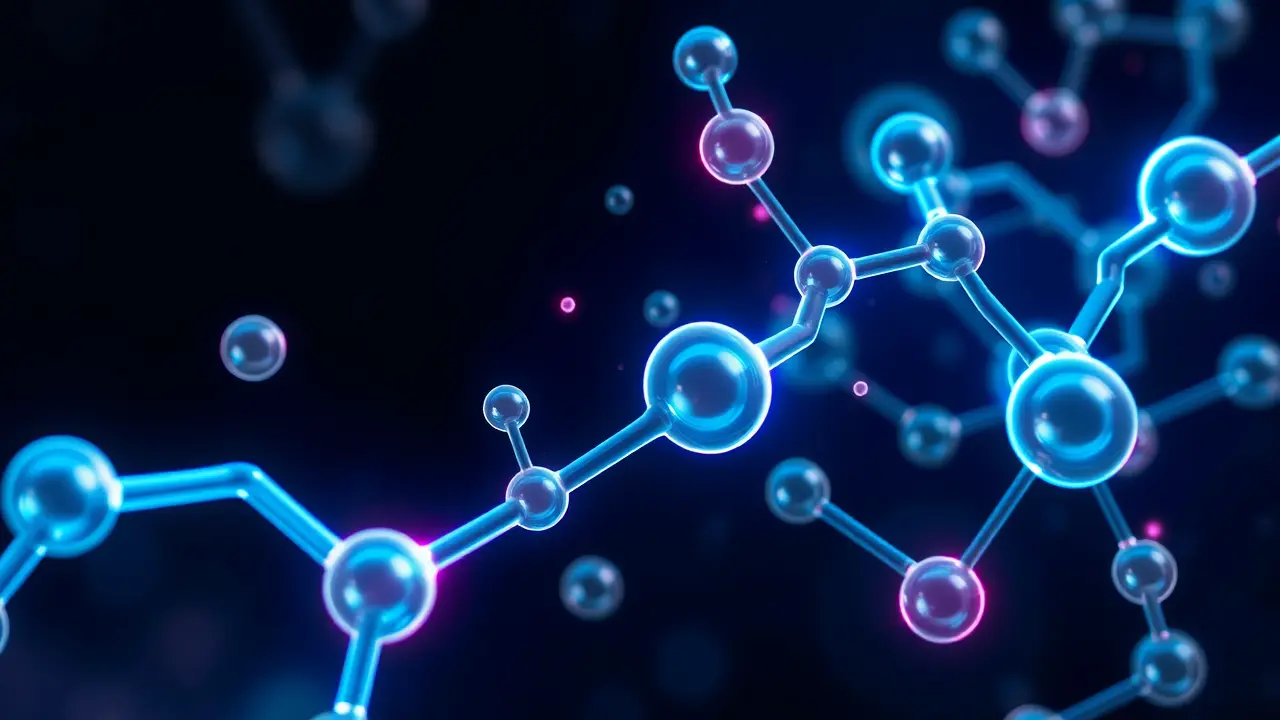
SciencechemistryOrganic Chemistry
Chinese Chemists' Breakthrough Could Slash Drug Costs
KE
Kevin White
3 hours ago7 min read1 comments
In a development that feels ripped from the pages of a science fiction novel, a team of Chinese chemists has fundamentally rewritten a chapter of organic chemistry that has stood, largely unchallenged, for 140 years. The breakthrough, spearheaded by Zhang Xiaheng of the Chinese Academy of Sciences’ Hangzhou Institute for Advanced Study and Professor Xue Xiaosong from the Shanghai Institute of Organic Chemistry, and detailed in a landmark paper in *Nature*, targets the very architecture of complex molecule construction.At its heart is the venerable Friedel-Crafts acylation, a reaction first discovered in 1877 that has been a cornerstone for building carbon-carbon bonds, particularly in the creation of aromatic ketones. This method, while reliable, is notoriously dirty and inefficient, relying on aggressive Lewis acid catalysts that generate immense waste and require painstaking purification steps, a major bottleneck and cost driver in the synthesis of sophisticated pharmaceutical compounds.The Chinese team’s innovation is nothing short of elegant, replacing this brute-force chemical approach with a novel catalytic system that operates under remarkably mild conditions. Imagine trying to assemble a intricate watch with a sledgehammer versus a set of precision screwdrivers; this new methodology is the latter, offering unprecedented control and selectivity.The implications for drug manufacturing are seismic, particularly for a class of medicines known as kinase inhibitors, which are pivotal in targeted cancer therapies like imatinib (Gleevec) and erlotinib (Tarceva). These drugs often contain complex di- and tri-aryl ketone scaffolds that are notoriously expensive to produce using traditional Friedel-Crafts chemistry.By streamlining this synthesis, the research paves the way for a dramatic reduction in production costs, potentially making life-saving treatments accessible to a vastly larger global patient population and alleviating a significant burden on healthcare systems. Furthermore, the environmental payoff is substantial, as the new process slashes the generation of toxic byproducts and heavy metal waste, aligning the often-wasteful pharmaceutical industry with the greener principles of modern chemistry.This isn't just an incremental improvement; it's a paradigm shift that echoes the transition from stoichiometric to catalytic processes that revolutionized other industrial sectors. The work underscores China's aggressive and well-funded push to become a world leader in foundational scientific research, moving beyond its reputation as a manufacturing hub to a genuine fount of original innovation.As one reviewer of the paper, likely Scott Miller from Yale University or another leading figure in synthetic methodology, would attest, the true brilliance lies in its simplicity and broad applicability. This isn't a solution looking for a problem; it's a master key that could unlock cheaper, cleaner, and faster routes to hundreds of vital molecules, from agrochemicals to materials science. The next phase will be scaling this laboratory triumph to industrial production, a challenge that, if met, could see this 21st-century technique completely supplant its 19th-century predecessor within a decade, reshaping the economic and ethical landscape of medicine.
#research & breakthroughs
#chemistry
#drug production
#featured
#Chinese Academy of Sciences
#cancer treatment
#cost reduction
Stay Informed. Act Smarter.
Get weekly highlights, major headlines, and expert insights — then put your knowledge to work in our live prediction markets.
Related News
© 2025 Outpoll Service LTD. All rights reserved.


